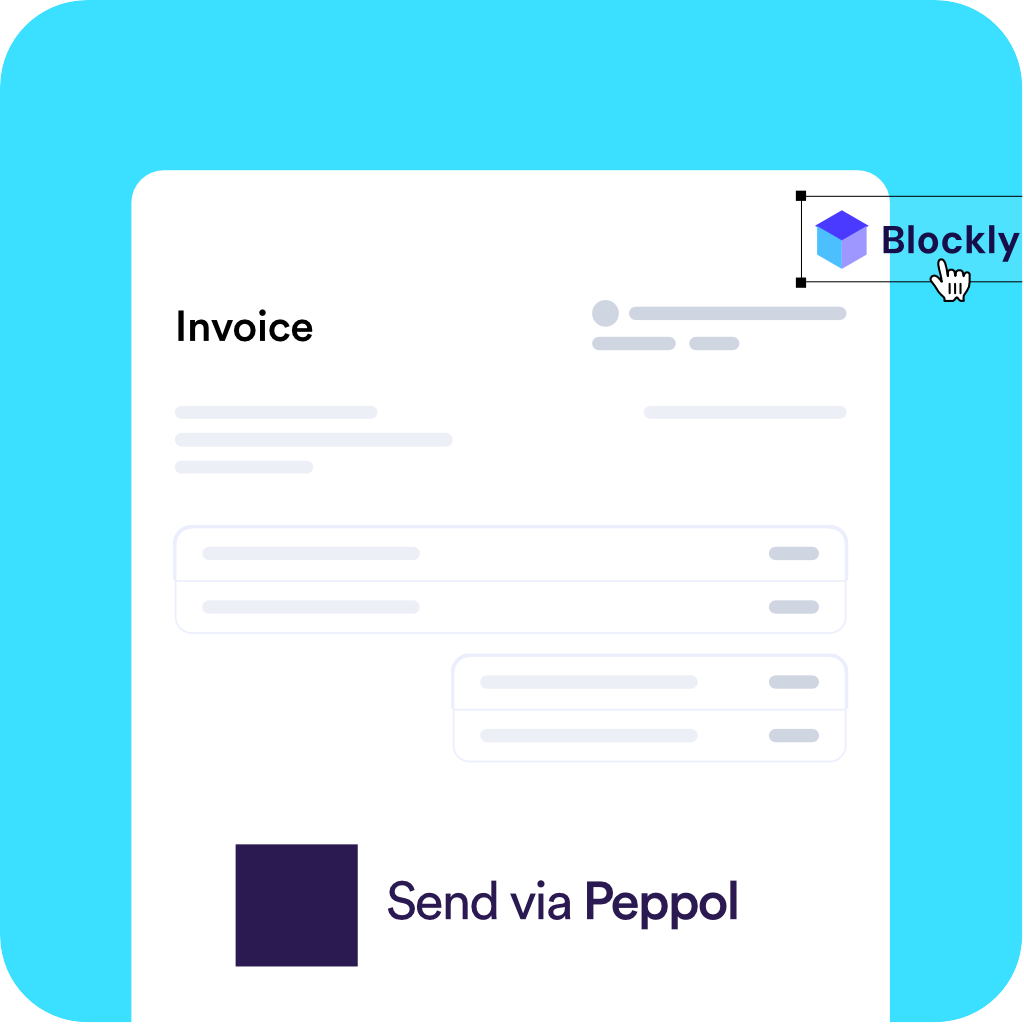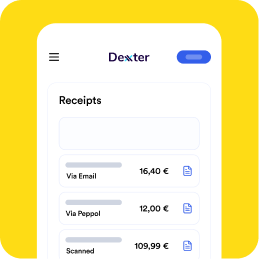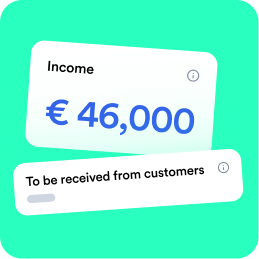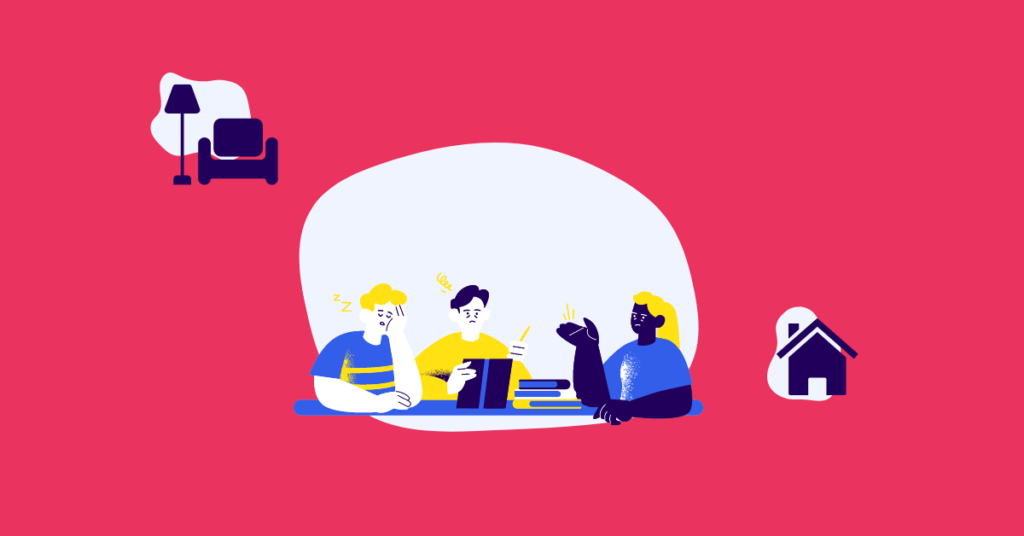As a self-employed person, you can choose to use professional expenses that you enter in your accounts using receipts or invoices. The sum of these costs is deducted from your turnover. On the remaining profit you will be taxed.
You can also opt to use flat-rate expenses. This is a fixed percentage of costs that you may deduct from your turnover. The amount of that percentage depends on your situation (see below).
The percentage of flat-rate expenses is not that high, so usually you are better off with actual professional expenses. The advantage of a flat-rate expense allowance is that you don’t have to keep receipts or invoices.
So the choice is yours. Attention, a combination is not possible. However, you can decide again each year.
How much is the flat-rate expense allowance for the self-employed?
Box XVII of the personal income tax (industrial, commercial or agricultural enterprises)?
Do you declare your self-employed activity in box XVII of the personal income tax (industrial, commercial or agricultural enterprises)?
Then your flat-rate for expenses can be a maximum of 30% of your gross profit. You obtain this gross profit by reducing the turnover with the purchase of trade goods and paid social security contributions.

Attention!
There is an absolute upper limit for the flat-rate expense allowance of €5,520 on an annual basis (for income year 2023).
Practical example
You start a webshop in a secondary occupation and generate €8,000 in turnover. You bought €1,600 worth of trade goods and paid €400 in social security contributions.
This leaves you with €6,000 in gross profit, to which you may apply a flat-rate expense allowance of 30%. That makes €1,800 in flat-rate expenses for which you don’t have to file any documents. We’ll talk more about how that will show up in your accounting later.
Box XVIII of the personal income tax (income from liberal professions, posts, positions or other profitable occupations)?
Do you declare your self-employed activity in box XVIII of the personal income tax (income from liberal professions, posts, positions or other profitable occupations)?
Then you must calculate the flat-rate expenses according to brackets:
- €0 to €7,020 profit -> 28.7% flat-rate for expenses
- €7,020 to €13,950 profit -> 10% flat-rate for expenses
- €13,950 to €23,220 profit -> 5% flat-rate for expenses
- €23,220 to €79,178.49 profit -> 3% flat-rate for expenses
With an absolute maximum of €4,850 on an annual basis (for income year 2023). Paid social security contributions or a VSPSS can still be separately deducted as expenses.
Practical example
A beginning lawyer made €30,000 in turnover in his starting year. He paid €4,500 in social security contributions during the year and a VSPSS worth €500.
He may therefore apply a flat-rate expense allowance to the remaining €25,000 in profit. Applying the percentages mentioned above, we obtain flat-rate expenses of €3,224.64, leaving €21,775.36 in profit.
I am subject to VAT and want to recover VAT?
The VAT authorities do not work with flat rates. If you want to recover VAT, you must process your purchase invoices in your accounts.
You can, however, recover VAT via your purchase invoices on the one hand and, on the other hand, when filing your personal tax return, go for the amount of the flat-rate expenses.
Can I decide afterwards which system to apply?
Sure, you can enter the actual professional expenses in your accounting and find at the end of the year that the flat-rate professional expenses are higher.
In that case, in the annual personal income tax return, you simply enter under the code of expenses the amount that you have calculated according to the flat-rate expense allowance.
Although the likelihood that the flat-rate expenses will in fact be higher than your actual professional expenses is fairly small.
How do I choose flat-rate expenses?
By entering the amount of flat-rate expenses in your personal income tax return. That’s all you have to do.
For box XVII of the personal income tax (industrial, commercial or agricultural enterprises), use code 1606.
For box XVIII of the personal income tax (income from liberal professions, posts, positions or other profitable occupations) use code 1657.
It is not possible to apply flat-rate expenses automatically in Dexxter.
Conclusion
Flat-rate expenses sound attractive, but they (usually) are not. Because the flat-rate expense allowance is limited to 30% of your profit with a strict maximum amount.
In many situations, actual professional expenses result in a smaller profit and thus less personal tax to be paid.















